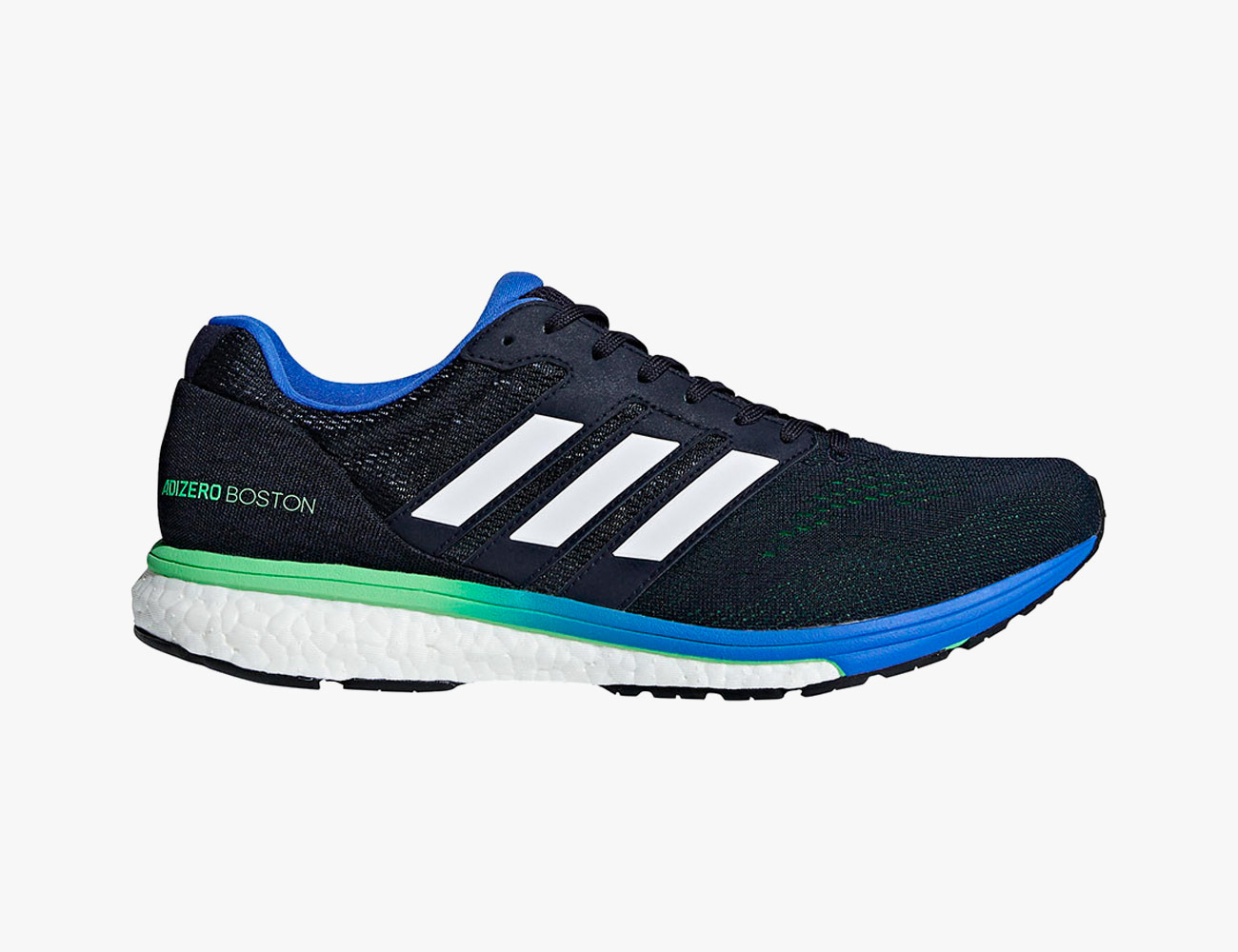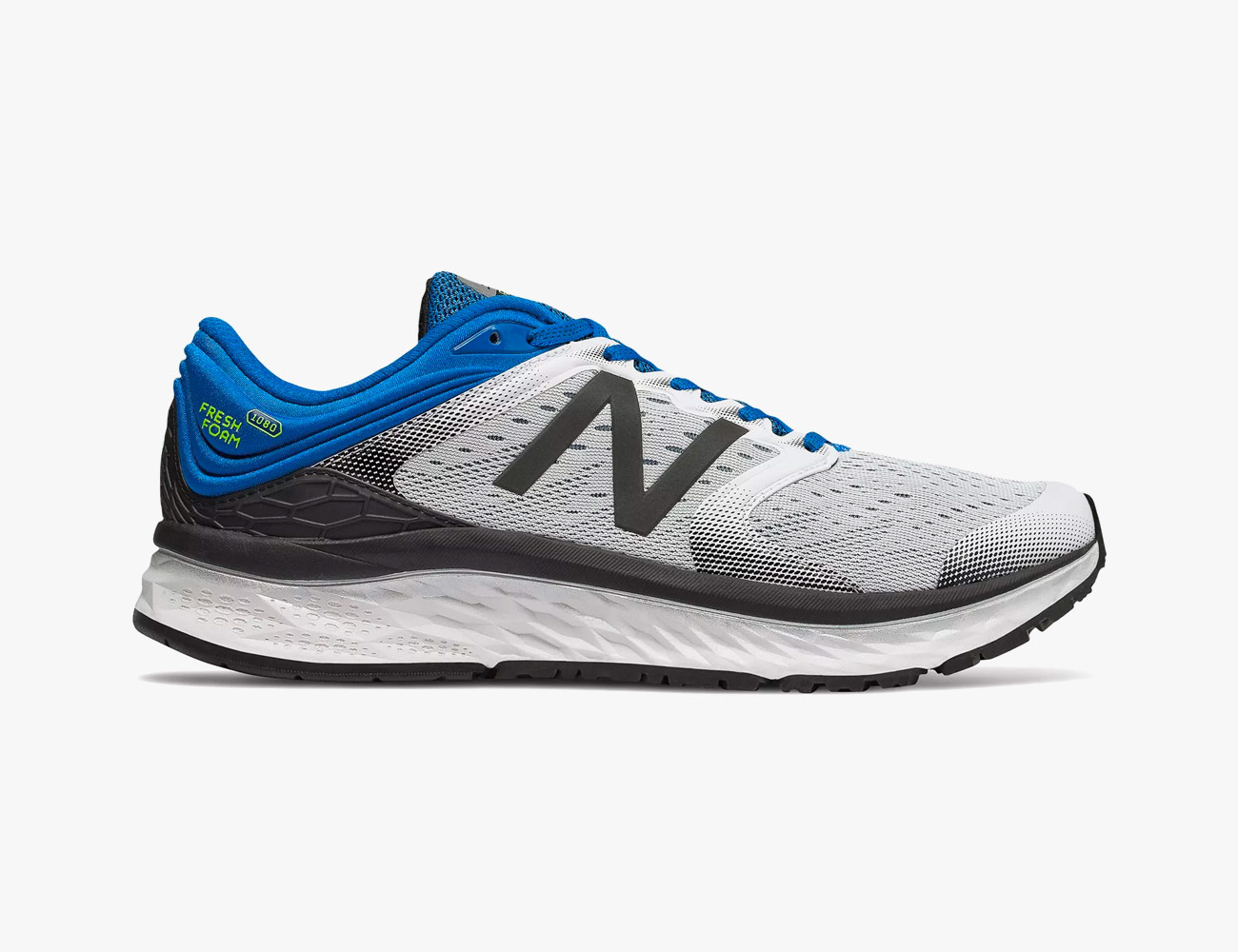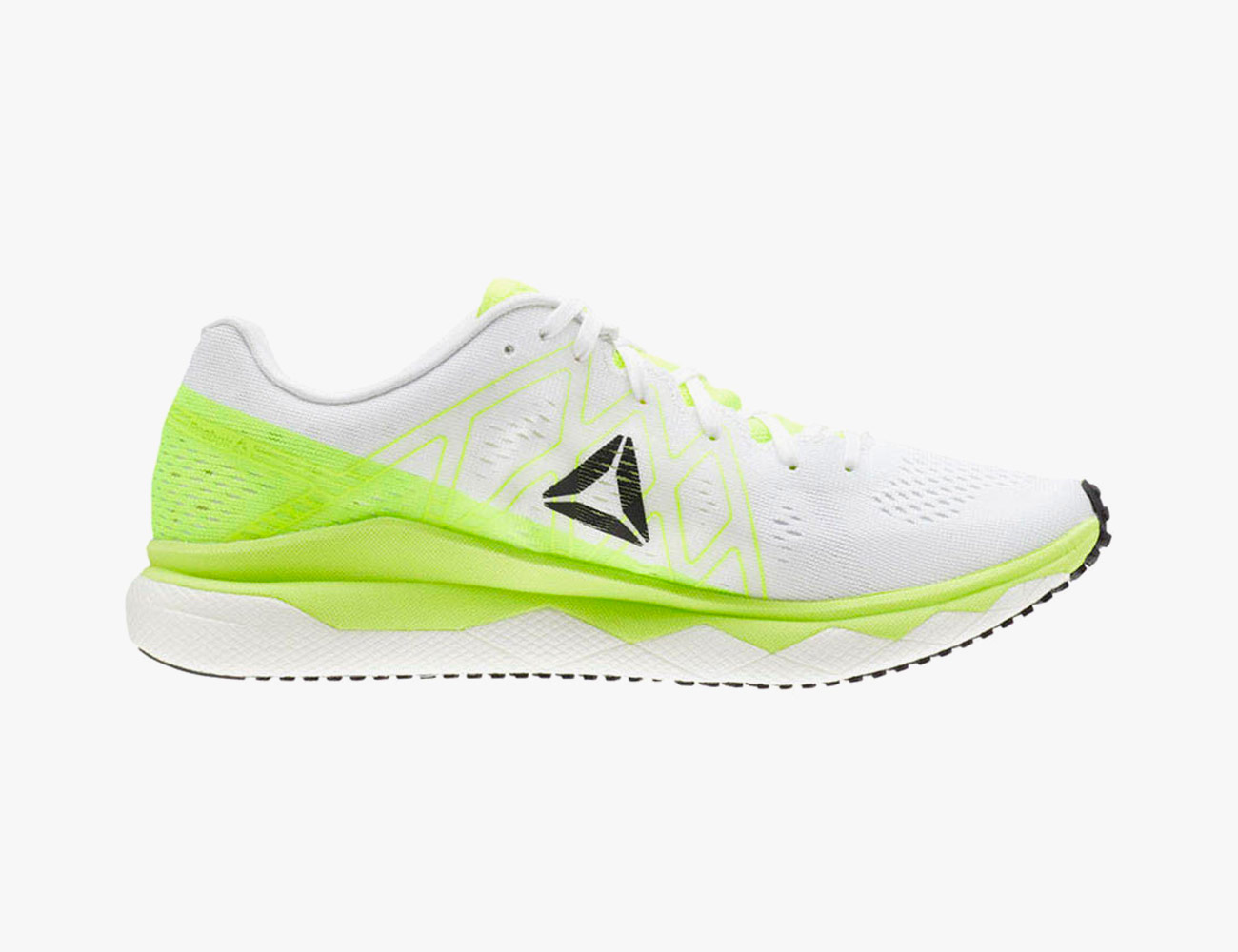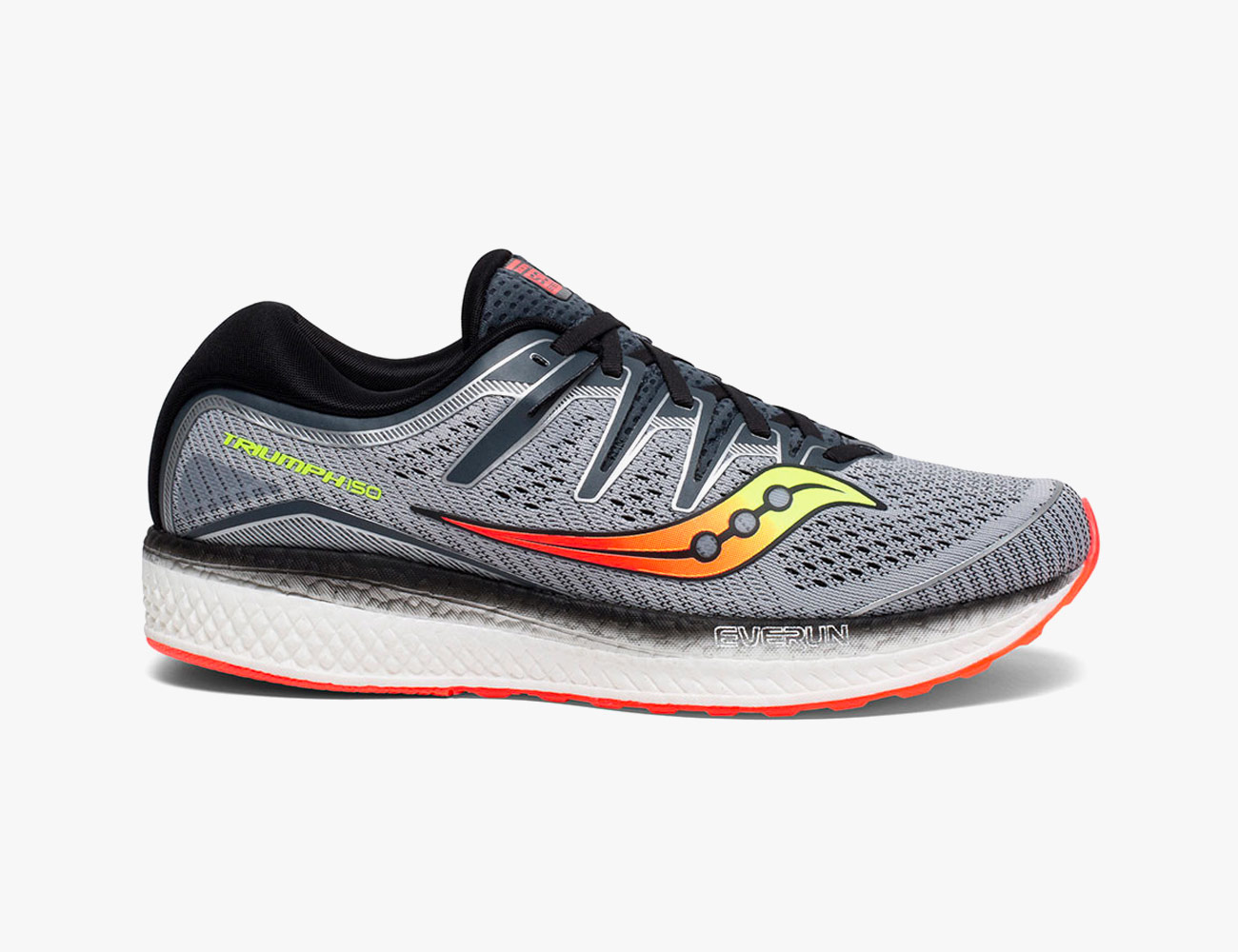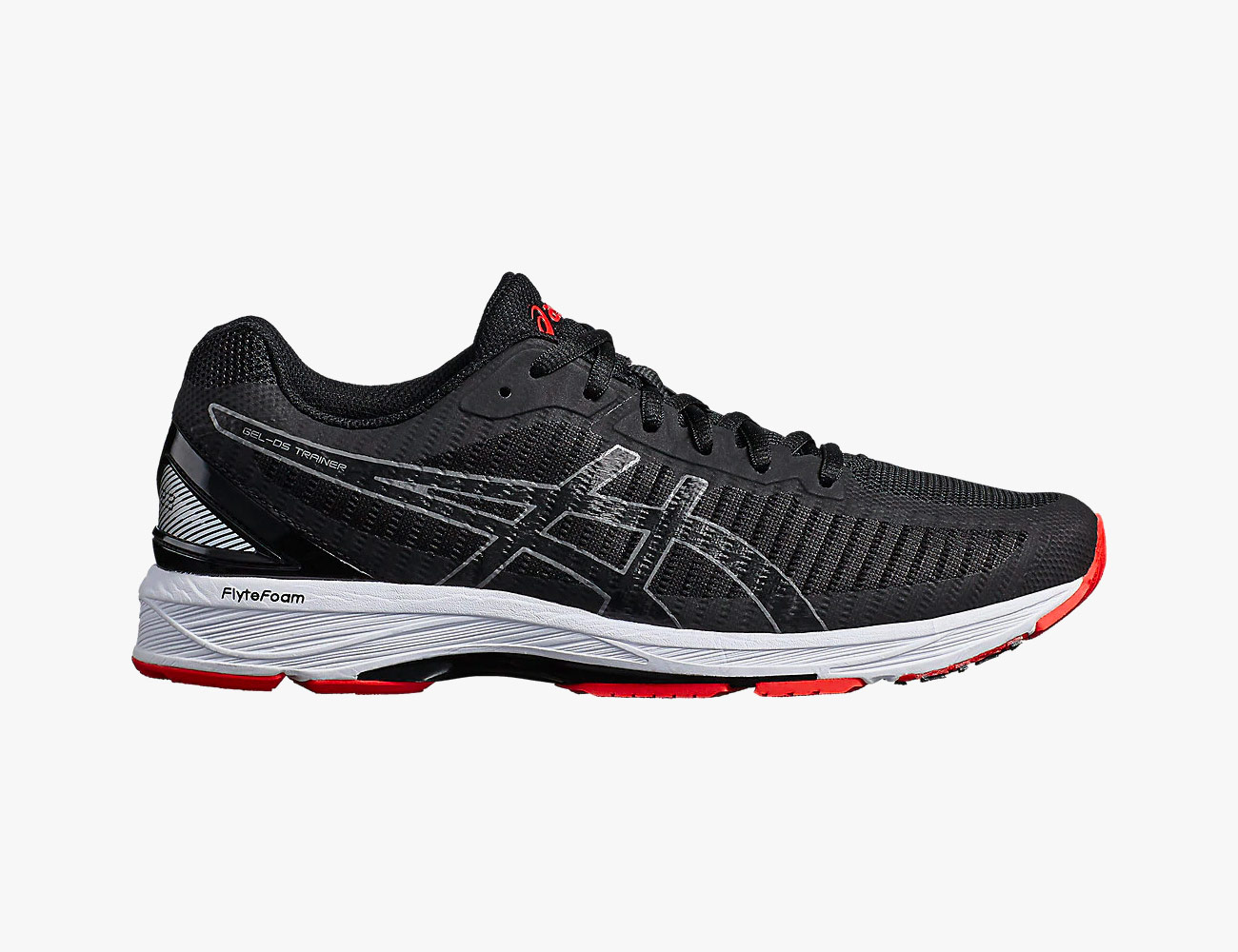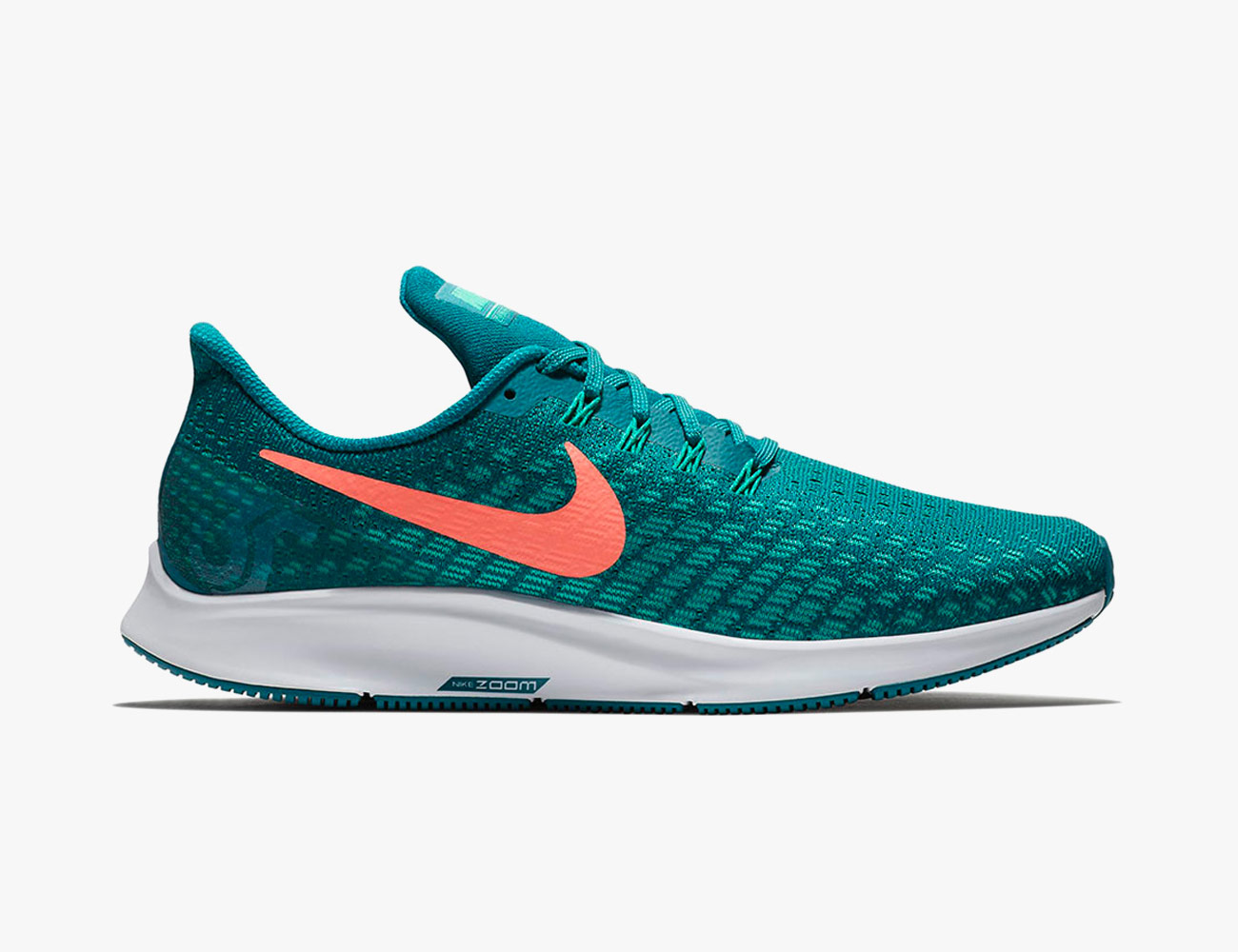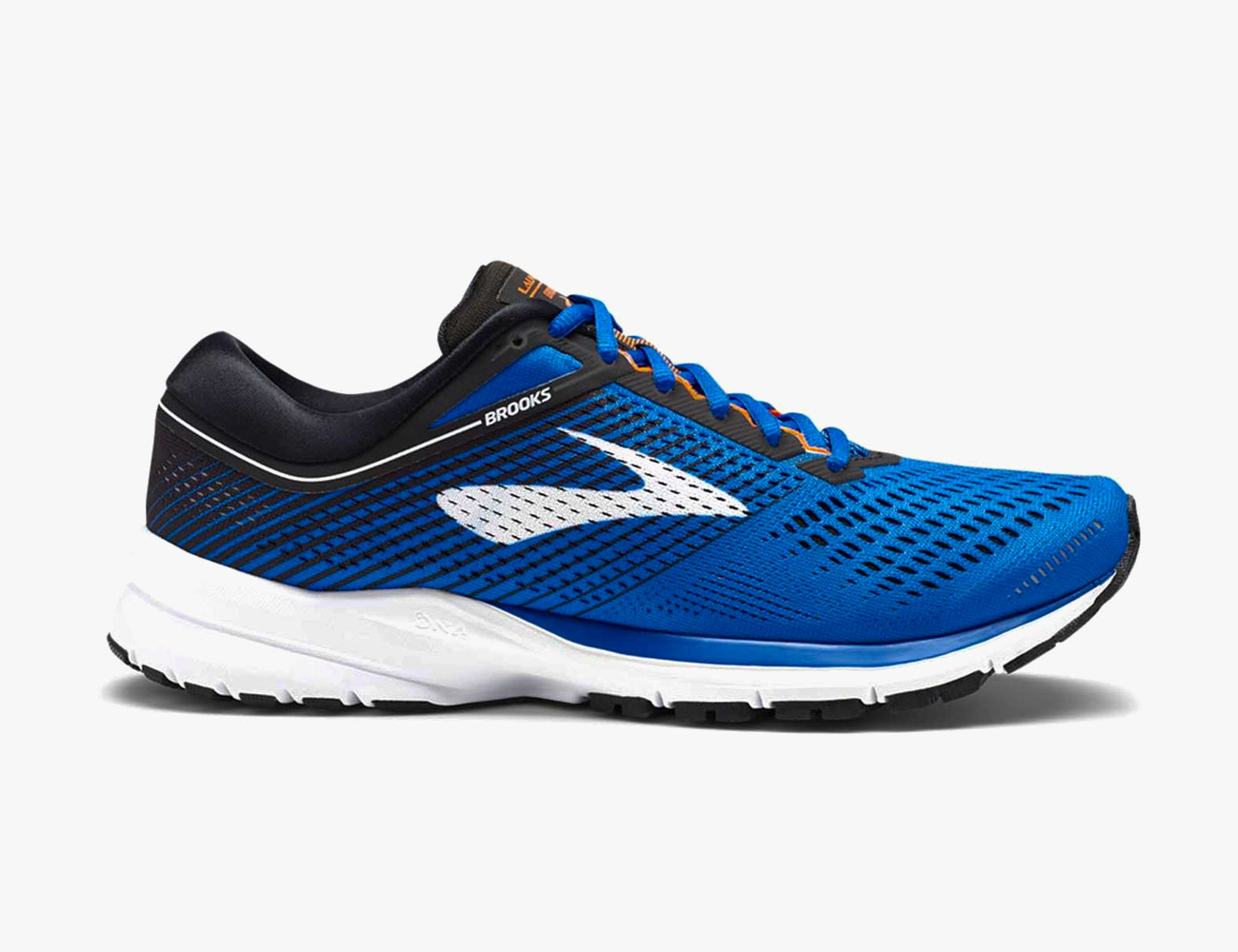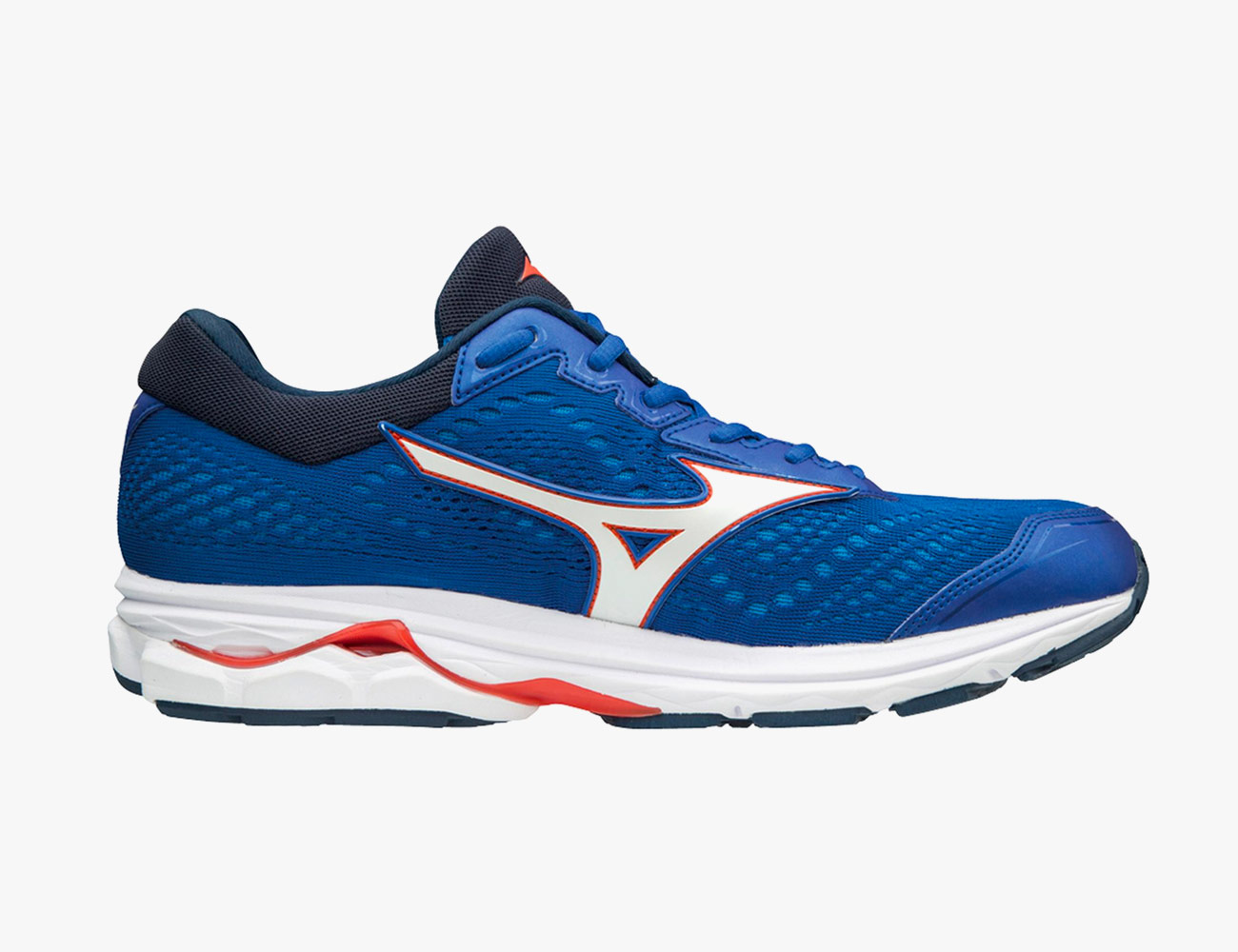Running 26.2 requires a strong mental constitution, lots of time and patience, and a great pair of sneakers. Beyond just logging the actual race day miles, you’ll likely log 10 to 20 miles each week depending on your training plan — and that will increase as you get closer to your taper period. A typical training plan starts 12 to 16 weeks out and will pivot if you have a specific time goal. And it’s not just about heading out for a run and logging miles. There’s your tempo run day, where you’ll try and hold a certain pace for a set number of miles; then there’s a sprint or speed or track day. But don’t think you’ll limit the number of miles you’re running during those days — 200 and 400-meter repeats add up quickly. And then, on top of all of that, you’re still going out each Saturday or Sunday (or on a weekday if you’re semi-crazy) for your long run that increases each week by one to three miles. I’m tired just thinking about all of that.
The most important thing to look at when picking out a pair of shoes is the immediate comfort. “It sounds too simple, but [it’s] the number one thing a person should look for,” David Siik, Senior Manager of Running at Equinox and the creator of Equinox’s Precision Running program, says. “You should train in the shoe model you plan to race in and above all else, it should feel good mile after mile.”
A few other necessities you might hear when you go into the shoe store to get fitted include supportiveness and shoe flexibility. Your feet will tell the real story, but “unless there are severe supination or pronation scenarios, most will recommend a neutral shoe,” Rich Velazquez, COO, and coach at Mile High Run Club, says. Check that your new shoe provides you with “full range of motion through landing and push off,” Velazquez says.
When deciding on a pair of shoes, take the weight into account. If you need a stability shoe or enjoy having more cushion underfoot, the weight naturally goes up, but “something lightweight is preferred as you will be running for an extended period of time,” Velazquez says. If the pair of shoes you typically train in is a bit heavier than you’d like, try this tip from Siik: “I find two shoes that I think are comfortable, one that is a little more cushion, flexible, yet stable, and the other that is lighter, with lots of flexibility and sometimes lighter on the cushion. I start training with the more substantial shoe and then two to three weeks before the race, I start swapping over to the lighter shoe. That light shoe can suddenly make your feet feel fast and light, and is a very good feeling. And the good news is that if you decide the lighter shoe is not enough, you can go back to the previous.”
Lastly, “don’t run in a new pair of shoes on race day!” Melanie Mitchell, triathlete and runner with JackRabbit, says. Siik agrees, “Shoes need a solid week to break in, and you don’t want a nasty blister from a stiff new pair of shoes.” Even if you’re using the same model, only a newer pair, it’s necessary to run in them more than just on race day.
Just as with regular running shoes, there’s a lot of thought that goes into picking out a marathon shoe. You’re putting a ton of time and miles into that shoe, so make sure you spend quality time searching for your glass slipper.
Buying Guide
Remember, running shoes are very personal, but here are a few suggestions to get you started. We highly recommend asking lots of questions at your local running specialty store, so you leave feeling like a BQ (Boston Qualifier).
Adidas Adizero Boston 7
“The Boston Marathon has more or less earned its status as the holy grail for runners. And a shoe that bears its name is a small hint to the purpose of the Adizero,” Mitchell says. “This is a fast training shoe hitting the sweet spot of just enough cushion, but not too much to keep you light on your feet.”
New Balance 1080s
When I trained for the New York City marathon last year, I went up to the New York Road Runners Headquarters, just south of Columbus Circle, and had my feet scanned and ‘read,’ so the team could determine which shoes were best for me. The personalized experience provided me with a variety of shoes that would work with my feet, and the 1080s were the Goldilocks version. They survived training from July through November — all the way through my 26.2.
Reebok Floatride Run Fast
“Reebok launched the Floatride Run Fast, a super featherlight running shoe with enough cushion to make it a great marathon shoe for an efficient runner. This is a pared-down shoe to save every ounce, so you get the cushion you need without any extras to weigh you down,” Mitchell says. While I haven’t run 26.2 miles in them, I did log almost 20 in them during a Ragnar Relay last spring and they felt light from mile one through the finish line.
Saucony Triumph ISO 5
“Brand new this month is a new ISO edition of the Saucony Triumph — a great shoe choice for neutral runners. It has a grippier heel and a new sole borrowed from the sister shoe, the Saucony Freedom ISO. There’s a couple of extra millimeters of Everun added to the midsole for those who value cushion,” Mitchell says.
Asics DS Trainer
Velazquez recommends these lightweight sneakers because of the ample cushioning and support for the overpronator. Asics shoes typically have a bit more support and density to them — adding to durability and cushion.
Nike Pegasus 35
Mitchell also recommends these Nikes, and for good reason. “The Nike Pegasus is probably one of the best selling running shoes of all time. The latest edition has been entirely overhauled to become lighter, faster, snappier and more comfortable than ever before.”
Brooks Launch 5
“The Brooks Ghost 11 is a fantastic shoe for those that like a softer ride and are newer to distance racing,” Siik says. “My favorite is one that falls between called the Brooks Launch 5. It has great cushion, but also has a bounce to it that really makes you feel zippy on race day!”
Mizuno Wave Rider 22
Our own Outdoors and Fitness writer, Tanner Bowden, is running the New York City Marathon this year and is training in these (along with On Running’s Cloudace). The Wave Rider features a lively midsole with optimal shock absorption, which you’ll want after just ten miles of running.
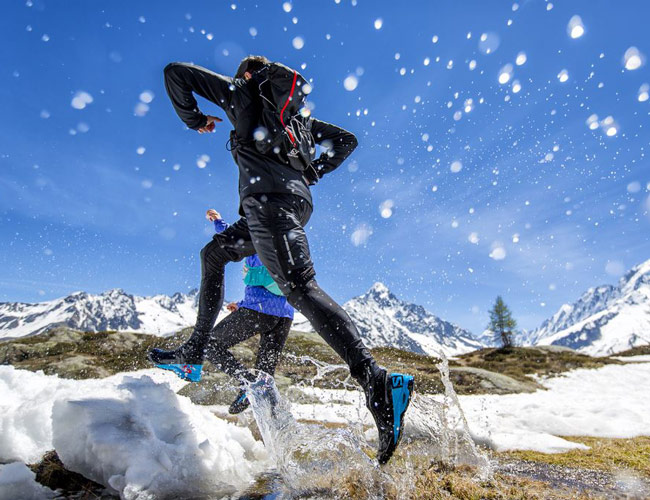
Don’t want to stop running outside, despite the cold? These five running shoes conquer ice and snow better than any other shoe on the market. Read the Story

